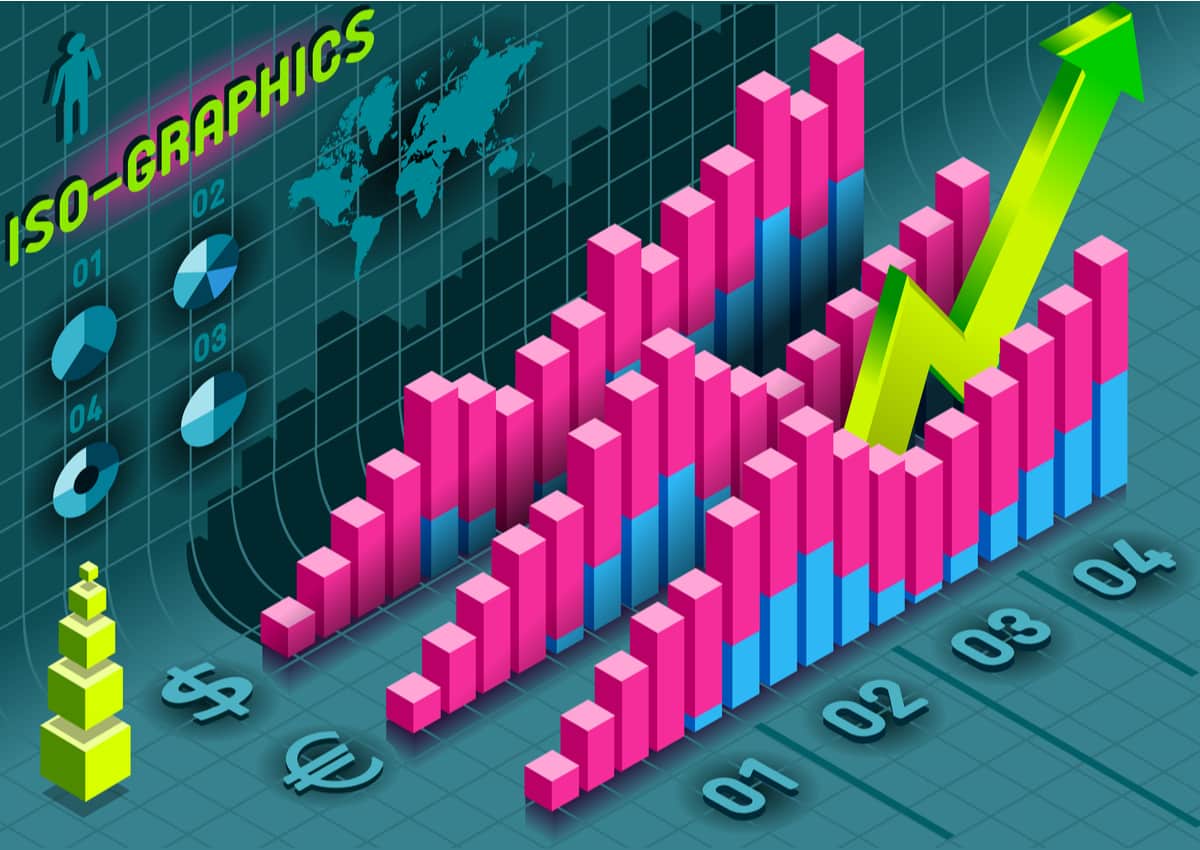Energy Sector is Using Analytics
The early man understood the concept of energy by mastering fire, then agriculture, and finally the industrial revolution before being completely dominated by fossil fuels. From then to now, we have evolved to using non-renewable and renewable sources of energy; oil and gas, solar, hydraulic, and wind energy; and found smarter ways of making energy systems digital, resilient, and future-ready. According to Accenture, “High performance hinges on the ability to gain insights from data – insights that enable organizations to make better decisions at the right time. Oil and gas companies that want to use analytics to power their businesses will start by visualizing the value and designing for improved outcomes. Analytics can be used to improve exploration and drilling, especially related to unconventional. Downstream businesses can apply analytics for greater insights into logistics and supply chain, marketing and trading—to better manage operations end to end, from the demand side to commercial channels.” Here are 4 case studies of how the oil and gas industry has been using analytics to solve industry problems and why all professionals in the domain must upskill immediately:
Top 4 Case Studies of Energy Sector is using Analytics
- Monitoring energy usage in near real-time, via direct communication from Edelia, enables consumers to control consumption and reduce their carbon footprint – The French energy services company launched a complex energy consumption monitoring and management solution that benefits both consumers and operators through remote monitoring of, and communication about, consumer energy consumption. Edelia is now able to deliver near real-time reports to consumers, sending alerts and making recommendations to consumers about their consumption habits. Read how they achieved this amazing feat.
- Pinpointing the optimal location for wind turbines to maximize power generation and reduce energy costs – Vestas is the world’s largest wind energy company, gaining new business depends by responding quickly and delivering business value. To succeed, Vestas uses one of the largest supercomputers worldwide along with a new big data modelling solution to slice weeks from data processing times and support 10 times the amount of data for more accurate turbine placement decisions. Improved precision provides Vestas customers with greater business case certainty, quicker results and increased predictability and reliability in wind power generation. Read this fascinating case study here.
- Refreshing Pipeline Asset Management – A midstream company, like many of its peers, was struggling with asset management lifecycle challenges as its aging infrastructure created competing investment priorities. The company wanted to refocus its program on leveraging data to improve information management, predictive asset management, asset risk management, and asset management planning. Deloitte and the client refreshed multiple dimensions of the program, including strategy, organization, process, people, technology, and information. Access this case study to know how.
- Activity-based costing in practice: insights from E.ON Energie Deutschland – German power and utility suppliers are facing new challenges owing to a large number of competitors, high transparency in prices due to price comparison websites and increasing willingness of customers to change their supplier. Therefore, controlling processes has become more significant. E.ON Energie Deutschland GmbH (E.ON), one of the leading power and utility companies in Germany with around six million private, business and major customers, responded by considering activity-based costing as a new controlling instrument. A new process model, based on the existing process documentation, was planned and implemented as an initial step. Read the details here.
Sources: IBM, Deloitte, Ernst and Young.








